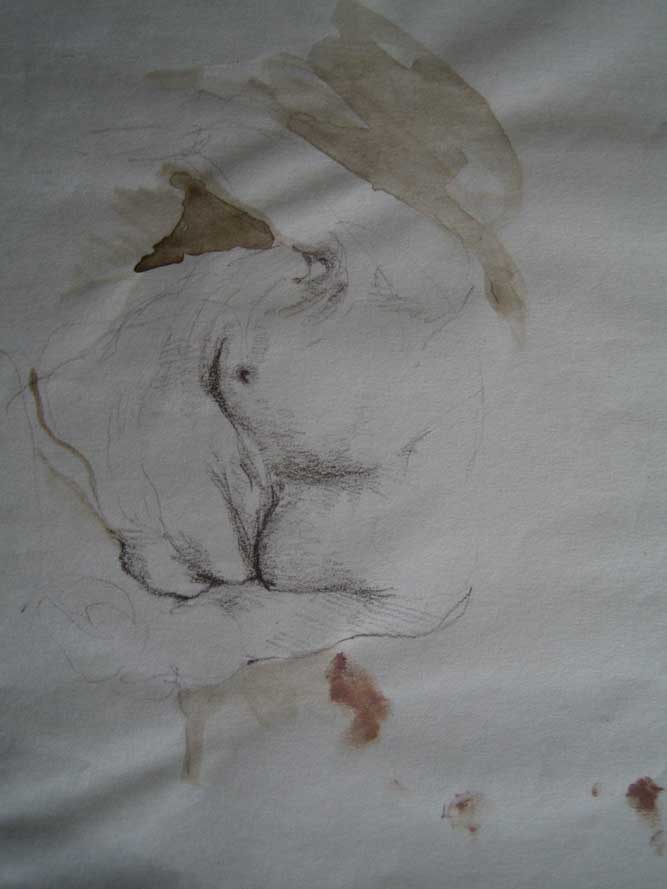

The family lived in the guesthouse on the Luquer estate. While in Bar Harbor, his first daughter, Cat Calhoun, was born. While posted at Jackson Lab in Bar Harbor, Maine, Calhoun continued studying the Norway rat colony until 1951. He noted that twelve rats is the maximum number that can live harmoniously in a natural group, beyond which stress and psychological effects function as group break-up forces. Moreover, the rats were not randomly scattered throughout the pen area, but had organized themselves into twelve or thirteen local colonies of a dozen rats each. Even though five females over this time-span could theoretically produce 5,000 healthy progeny for this size pen, Calhoun found that the population never exceeded 200 individuals, and stabilized at 150. In March 1947, he began a 28-month study of a colony of Norway rats in a 10,000-square-foot (930 m 2) outdoor pen. Calhoun worked on the Rodent Ecology Project at Johns Hopkins University. In 1946, he and his wife, Edith, moved to Towson, Maryland, a suburb of Baltimore. Career Early rat studies Īfter graduating from Northwestern, he taught at Emory University and Ohio State University. Ĭalhoun met his future wife, Edith Gressley, at Northwestern, where she was a biology major and a student in one of his classes. The subject of his thesis was the 24-hour rhythms of the Norway rat.

During the summers, he worked for Alexander Wetmore, head of the Smithsonian Institution in Washington, D.C., doing ornithology work. ĭespite his father's refusal to help him attend an out-of-state university, Calhoun made his way to the University of Virginia where he earned his bachelor's degree in 1939. His first published article was in The Migrant, the journal of the Tennessee Ornithological Society when he was 15 years old. Calhoun spent his junior high and high school years banding birds and recording the habits of birds. Laskey, distinguished for her work in bird banding and in the study of the chimney swift, was a pivotal influence on his developing interest in birds and bird habits. At this time, Calhoun began attending meetings of the Tennessee Ornithological Society. Ĭalhoun's family moved from Elkton to Brownsville, Tennessee, and finally to Nashville, when Calhoun was in junior high school. His father was a high school principal who rose to a position in administration in the Tennessee Department of Education. Calhoun had three siblings: an older sister, Polly and two younger brothers, Billy and Dan. John Bumpass Calhoun was born May 11, 1917, in Elkton, Tennessee, the third child of James Calhoun and Fern Madole Calhoun. Calhoun's rat studies were used as a basis in the development of Edward T. He spoke at conferences around the world and his opinion was sought by groups as diverse as NASA and the District of Columbia's Panel on overcrowding in local jails. During his studies, Calhoun coined the term " behavioral sink" to describe aberrant behaviors in overcrowded population density situations and "beautiful ones" to describe passive individuals who withdrew from all social interaction. He claimed that the bleak effects of overpopulation on rodents were a grim model for the future of the human race. John Bumpass Calhoun (– September 7, 1995) was an American ethologist and behavioral researcher noted for his studies of population density and its effects on behavior.


 0 kommentar(er)
0 kommentar(er)
